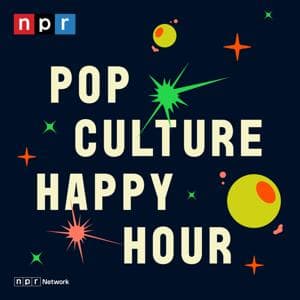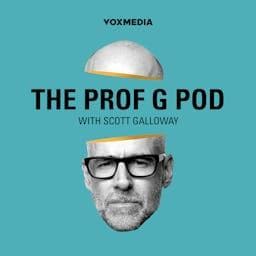This podcast episode explores the life and legacy of Miami pioneer architect August Geiger. Born and raised in New Haven, Connecticut, Geiger first visited Miami with his family in 1899, when the city was just three years old. Captivated by the area's potential, he returned in 1905 to begin his architectural career under the mentorship of fellow pioneer Walter DeGarmo.
Geiger went on to design some of Miami's most iconic landmarks, including the Dade County Courthouse, the original city hospital known as the Alamo, the Miami Beach Municipal Golf Course clubhouse, the Miami Woman's Club, and the First Church of Christ, Scientist chapel on Biscayne Boulevard in Edgewater, and the Hindu Temple in Spring Garden. His work with the Dade County School District produced enduring educational landmarks such as Southside Elementary and Coral Way Elementary, as well as the historic Davie Schoolhouse in Broward County. Many of Geiger's designs continue to stand as lasting testaments to his talent and influence on South Florida's architectural identity.



























